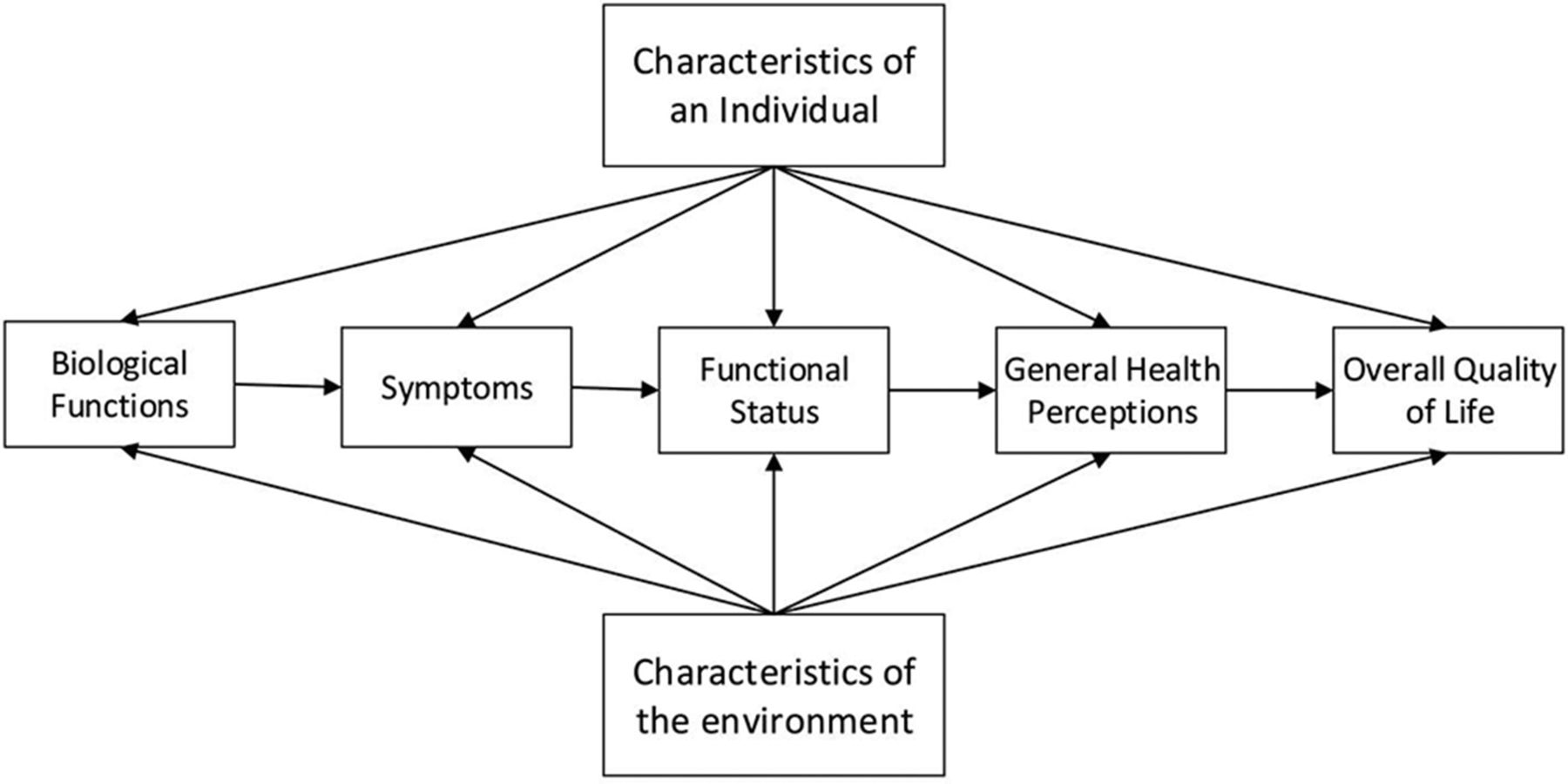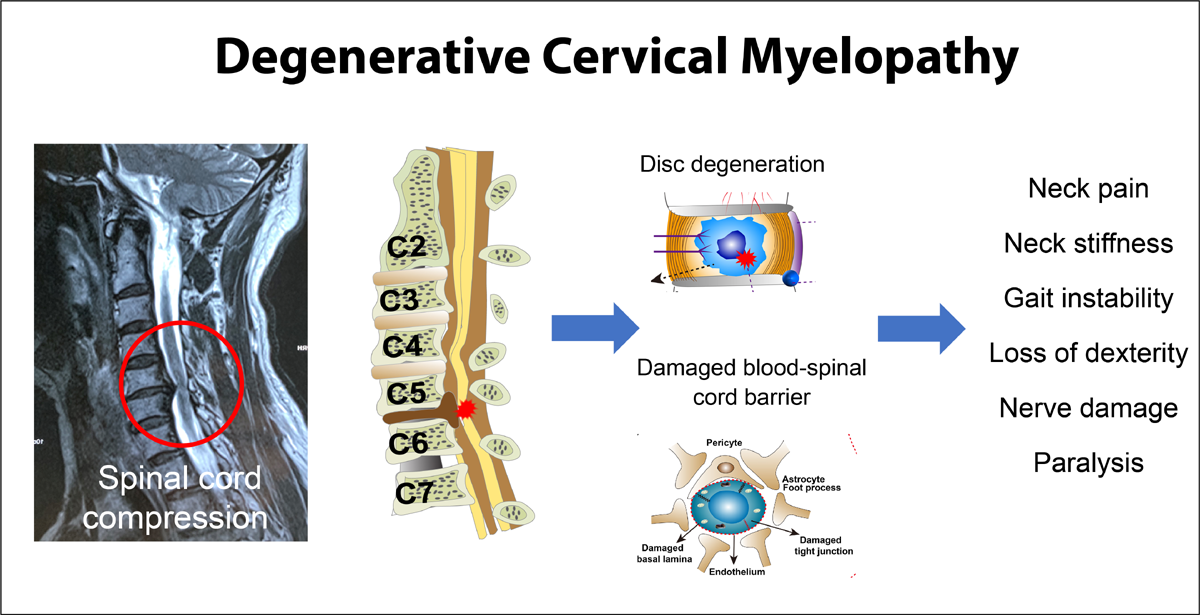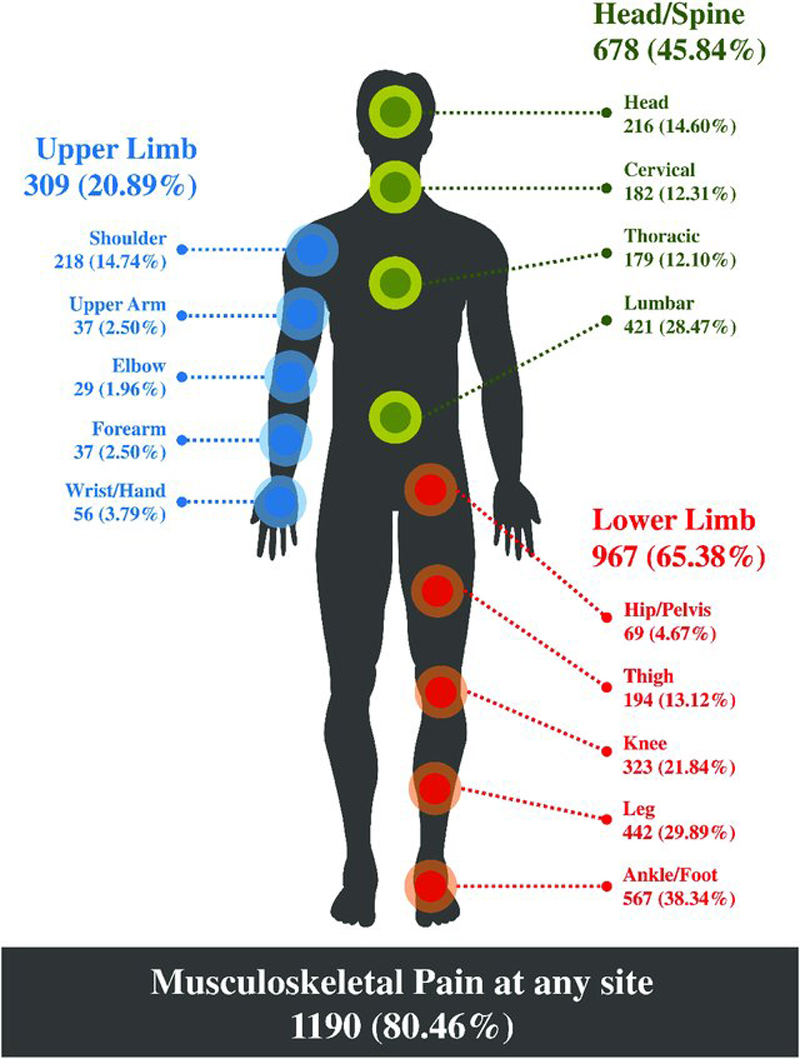Is Neck Pain Associated with Worse Health-related Quality of Life 6 Months Later? A Population-based Cohort Study
SOURCE: Spine J. 2015 (Apr 1); 15 (4): 675–684
Paul S. Nolet, DC, MS, MPHa, Pierre Cote, DC, PhD, Vicki L. Kristman, PhD, Mana Rezai, DC, MHS, Linda J. Carroll, PhD, J. David Cassidy, DC, PhD, DrMedSc
Department of Graduate Education and Research,
Canadian Memorial Chiropractic College,
6100 Leslie Street,
North York, Ontario, Canada. M2H 3J1.
BACKGROUND CONTEXT: Current evidence suggests that neck pain is negatively associated with health-related quality of life (HRQoL). However, these studies are cross-sectional and do not inform the association between neck pain and future HRQoL.
PURPOSE: The purpose of this study was to investigate the association between increasing grades of neck pain severity and HRQoL 6 months later. In addition, this longitudinal study examines the crude association between the course of neck pain and HRQoL.
STUDY DESIGN: This is a population-based cohort study.
PATIENT SAMPLE: Eleven hundred randomly sampled Saskatchewan adults were included.
OUTCOME MEASURES: Outcome measures were the mental component summary (MCS) and physical component summary (PCS) of the Short-Form-36 (SF-36) questionnaire.
METHODS: We formed a cohort of 1,100 randomly sampled Saskatchewan adults in September 1995. We used the Chronic Pain Questionnaire to measure neck pain and its related disability. The SF-36 questionnaire was used to measure physical and mental HRQoL 6 months later. Multivariable linear regression was used to measure the association between graded neck pain and HRQoL while controlling for confounding. Analysis of variance and t tests were used to measure the crude association among four possible courses of neck pain and HRQoL at 6 months. The neck pain trajectories over 6 months were no or mild neck pain, improving neck pain, worsening neck pain, and persistent neck pain. Finally, analysis of variance was used to examine changes in baseline to 6-month PCS and MCS scores among the four neck pain trajectory groups.
RESULTS: The 6-month follow-up rate was 74.9%. We found an exposure-response relationship between neck pain and physical HRQoL after adjusting for age, education, arthritis, low back pain, and depressive symptomatology. Compared with participants without neck pain at baseline, those with mild (β=–1.53, 95% confidence interval [CI]=–2.83, –0.24), intense (β=–3.60, 95% CI=–5.76, –1.44), or disabling (β=–8.55, 95% CI=–11.68, –5.42) neck pain had worse physical HRQoL 6 months later. We did not find an association between neck pain and mental HRQoL. A worsening course of neck pain and persistent neck pain were associated with worse physical HRQoL.
There are more articles like this @ our:
CONCLUSIONS: We found that neck pain was negatively associated with physical but not mental HRQoL. Our analysis suggests that neck pain may be a contributor of future poor physical HRQoL in the population. Raising awareness of the possible future impact of neck pain on physical HRQoL is important for health-care providers and policy makers with respect to the management of neck pain in populations.
KEYWORDS: Cohort study; Disability; Epidemiology; Health-related quality of life; Neck pain; Risk
From the FULL TEXT Article:
Introduction
Over the past two decades, neck pain has become the fourth leading worldwide cause of years lived with disability. [1] Neck pain is common in the general population affecting 71% of adults during their lifetime. [2, 3] The 12-month prevalence of neck pain in adults varies from 30% to 50%. [3] Neck pain is commonly associated with activity limitations and disability. [3–6] The prevalence of neck pain peaks in middle-aged groups during the most productive years of a person’s life. The annual incidence of neck pain in the general population varies depending on the definition of neck pain used. In Saskatchewan, Canada, neck pain had an annual incidence of 146 per 1,000 subjects. In South Manchester, UK, the reported annual neck pain incidence was 179 per 1,000 subjects. [3] Neck pain has a chronic recurrent course with more than one-third of the population suffering from persistent neck pain annually. [4]
Health-related quality of life (HRQoL) is a concept used in the health research to determine the impact of a disease on individuals and can help inform researchers, clinicians, and health policy makers. Health-related quality of life incorporates physical, mental, and social well-being rather than just defining health as the absence of disease. [7] Findings from a cross-sectional analysis of the Saskatchewan Health and Back Pain Survey suggest that neck pain was weakly associated with worse physical HRQoL and not associated with mental HRQoL. [8] However, it remains unclear whether neck pain is a risk factor or an outcome of poor HRQoL. To our knowledge, only one study has reported that incident musculoskeletal disorders may have a negative effect on future physical HRQoL. [9] However, this association has not been examined prospectively in individuals with neck pain. The primary goal of our study was to determine whether neck pain is associated with worse HRQoL at follow-up in a general population cohort of adults from Saskatchewan. In addition, the crude association between the course of neck pain and the change in HRQoL between baseline and 6 months was examined.
Read the rest of this Full Text article now!







Leave A Comment